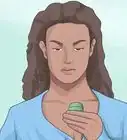This article was co-authored by Edward S. Kwak, MD and by wikiHow staff writer, Janice Tieperman. Edward S. Kwak, MD is a Dual Board Certified Plastic Surgeon and the Owner of ESKMD Facial Plastic Surgery based in New York City. After earning an MD from the Indiana University School of Medicine, Dr. Kwak completed an Otolaryngology (Head and Neck Surgery) residency at The New York Eye and Ear Infirmary and a fellowship in Facial Plastic and Reconstructive Surgery under Dr. Russell Kridel at the University of Texas Medical Center in Houston. He is a member of the American Board of Facial Plastic and Reconstructive Surgery and a Diplomate of the American Board of Otolaryngology & Head and Neck Surgery. Furthermore, Dr. Kwak is board certified by the American Board of Facial Plastic and Reconstructive Surgery and the American Board of Otolaryngology / Head and Neck Surgery. Dr. Kwak has been awarded a Castle Connolly Regional Top Doctor, Newbeauty Top Beauty Doctor, New York Super Doctor, NY Top Doc, and an Expert Injector award.
There are 10 references cited in this article, which can be found at the bottom of the page.
This article has been viewed 46,726 times.
While any kind of baldness is upsetting, it can be especially disheartening to see the crown, or top of your head, look bare. Unfortunately, there's no instant cure for a balding crown, but there are hairstyles, products, and styling techniques that you can try at home! If you’d like a more permanent solution, research different hair replacement procedures, as well as certain medications. With the consultation of a doctor or hairstylist, you may find a solution that works well for you!
Steps
Trying New Hairstyles and Styling Techniques
-
1Opt for a shorter haircut if you have long hair. Study different reference pictures of pixie cuts, bobs, lobs, or other kinds of short cuts. When you visit a hairstylist, ask for a recommendation on what type of style works best for your face shape and hair type. If you have an idea in mind, print out a picture that the hairstylist can reference as they give you a new look.[1]
- Longer hair tends to weigh down your scalp, and can make the balding crown more prominent.
-
2Add textured layers into your hair to give it volume. Play around with longer bangs to add an extra dimension to your current hairstyle. If you aren’t in the mood for bangs, ask your stylist if they can add any extra volume or texture to the ends of your hair.[2]
- Ask your hairstylist for specific recommendations on products that would work well with your hair type.
Advertisement -
3Grow your hair longest around the thinning parts of the crown. Avoid trimming down your hair to a short, even length. Instead, play around with different textures and hair cutting styles, leaving the thinning hair around your bald crown at a longer length. If the bulk of your hair is around 1 in (2.5 cm) long, try growing out your thinning hair to a longer length.[3]
-
4Change your hair part to make your hair look fuller. If you traditionally part your hair down the center, try parting your hair to the left or right. To make your new part more prominent, use a curling iron or wand to lift your hair at the roots and the middle of your hair.[4]
- A side part can add more depth to your look, and make your balding crown less noticeable.
-
5Invest in a hair extension or wig that covers your balding crown. Search online or at a beauty supply shop for a wig or hair extension that matches your hair color. Before making any purchases, ask a sales associate, stylist, or close friend to get their opinion on how the piece looks overall. If you like the way the extension or wig looks with the rest of your natural hair, consider making the purchase.[5]
Concealing with Color
-
1Apply a spray-on dye to cover your bald crown. Consult a stylist or other beauty professional to discuss a cosmetic spray or dye that can be applied over your balding area. Ask about how much the procedure would cost, and how long the dye lasts. If you’re looking for sleek, short-term coverage of your crown, then this might be a good option for you![6]
- Professional stylists use a special airbrush and a straight edge to apply the dye properly.
-
2Dye your roots a darker color to make your hair look thicker. Take note of your current hair color, including the shade of your roots. If your hair is especially light, your crown might be more visible to the naked eye. To combat this, invest in a dye color for your roots that’s a shade or so darker than your current hair color. Follow the packaging instructions carefully to ensure that your roots are evenly coated and covered.[7]
- For instance, if you have medium-brown hair, look for a dark brown dye for your roots.
- If you aren’t sure of the best dye to use, ask a hairstylist or beauty professional for advice.
-
3Disguise your bald spot with dark eyeshadow and a brow pencil. Dip a wide, tapered brush into the powder product and dab it over the balding area. Once the area is fully shaded, sketch in fake lines of hair with a dark brow pencil.[8]
- Dark bronzer can also work in lieu of dark eyeshadow.
Adding Volume with Hair Products
-
1Apply volumizing powder to your hair to create more definition. Wash your hair as you normally would, then let it air-dry for several minutes. To add the powder, spray or shake a bottle of powder over a small, 1 in (2.5 cm) section of hair. Repeat this process throughout your locks, applying the powder wherever you’d like to add more texture.[9]
- For easier use, use a spray container to apply your volumizing powder. As you use it, hold the bottle about 10 cm (3.9 in) away from your hair. Generally, around 6 sprays will provide even, texturized coverage for your hair.
-
2Choose a volumizing conditioner instead of your traditional item. Look at a beauty supply store for conditioners that offer extra texture, volume or dimension to your hair. While switching hair products won’t erase your bald crown, you might notice a change in the way your hair looks and feels.[10]
- If you aren’t sure which products to use, check online for specific reviews. You can also reach out to a beauty professional for advice, too!
-
3Use sculpting paste to add volume to your hair. For a quicker change in your usual grooming routine, knead sculpting paste around the thinning edges of your hair to reduce the bald spot. Once you’ve applied the products, use a hair dryer to harden the paste.[11]
- Look for dry shampoos with volumizing properties.
- Dry shampoo can help clean your hair if you don’t have time to shower beforehand.
Seeking Professional Treatment
-
1Invest in hair replacement surgery to cover the crown. Talk to your doctor to see if some kind of hair replacement treatment is viable for your bald crown. Depending on your situation, a medical professional may recommend a hair transplant, which adds hair grafts to the bald section of your head, or a scalp expansion, which allows your scalp to develop new skin cells.[12] You may also want to consider more invasive options, like flap surgery or scalp reduction.[13]
- Flap surgery moves a section of hair bearing skin to your bald area, which provides extra coverage. Scalp reduction involves removing the bald portion of skin and filling in the new gap with other sections of hair.
-
2Apply minoxidil topically to increase hair growth on the bald spot. Ask your doctor in minoxidil, otherwise known as Rogaine, is a viable option for your bald crown. If you decide to pursue this kind of treatment, follow the medication’s instructions. Note that you probably won’t see results for the first 2 months, as the treatment is slow-moving.[14]
- You have to continue using minoxidil for the treatment to be effective. If you stop applying the product, then your hair will revert back to its previous state.
-
3Use an anti-androgen if minoxidil doesn’t work properly. If you suffer from a balding crown due to female-pattern-baldness, ask a medical professional if anti-androgens could help get rid of your bald crown. Before using this medication, note that it can have pretty severe side effects like weight gain, depression, and fatigue.[15]
- Iron supplements may also help treat bald crowns as a result of female pattern baldness. Consult your doctor to see which option is best for you.
Expert Q&A
-
QuestionHow do you take care of your hair after receiving a hair transplant?
 Edward S. Kwak, MDEdward S. Kwak, MD is a Dual Board Certified Plastic Surgeon and the Owner of ESKMD Facial Plastic Surgery based in New York City. After earning an MD from the Indiana University School of Medicine, Dr. Kwak completed an Otolaryngology (Head and Neck Surgery) residency at The New York Eye and Ear Infirmary and a fellowship in Facial Plastic and Reconstructive Surgery under Dr. Russell Kridel at the University of Texas Medical Center in Houston. He is a member of the American Board of Facial Plastic and Reconstructive Surgery and a Diplomate of the American Board of Otolaryngology & Head and Neck Surgery. Furthermore, Dr. Kwak is board certified by the American Board of Facial Plastic and Reconstructive Surgery and the American Board of Otolaryngology / Head and Neck Surgery. Dr. Kwak has been awarded a Castle Connolly Regional Top Doctor, Newbeauty Top Beauty Doctor, New York Super Doctor, NY Top Doc, and an Expert Injector award.
Edward S. Kwak, MDEdward S. Kwak, MD is a Dual Board Certified Plastic Surgeon and the Owner of ESKMD Facial Plastic Surgery based in New York City. After earning an MD from the Indiana University School of Medicine, Dr. Kwak completed an Otolaryngology (Head and Neck Surgery) residency at The New York Eye and Ear Infirmary and a fellowship in Facial Plastic and Reconstructive Surgery under Dr. Russell Kridel at the University of Texas Medical Center in Houston. He is a member of the American Board of Facial Plastic and Reconstructive Surgery and a Diplomate of the American Board of Otolaryngology & Head and Neck Surgery. Furthermore, Dr. Kwak is board certified by the American Board of Facial Plastic and Reconstructive Surgery and the American Board of Otolaryngology / Head and Neck Surgery. Dr. Kwak has been awarded a Castle Connolly Regional Top Doctor, Newbeauty Top Beauty Doctor, New York Super Doctor, NY Top Doc, and an Expert Injector award.
Board Certified Plastic Surgeon For the first three days after a hair transplant, it is important to hydrate the newly transplanted follicles. Spray the follicles with a water bottle mixed with sterile saline solution every 30 minutes. I also recommend soaking gauze in saline solution and applying it to the new hair follicles twice a day. Do so for 30 minute periods each time.
For the first three days after a hair transplant, it is important to hydrate the newly transplanted follicles. Spray the follicles with a water bottle mixed with sterile saline solution every 30 minutes. I also recommend soaking gauze in saline solution and applying it to the new hair follicles twice a day. Do so for 30 minute periods each time.
Things You’ll Need
Trying New Hairstyles and Styling Techniques
- Curling iron or wand
Concealing with Color
- Hair dye
- Spray-on dye
- Dark eyeshadow
- Brow pencil
Trying New Products
- Volumizing powder
- Volumizing conditioner
- Sculpting paste
- Dry shampoo (optional)
Seeking Professional Treatment
- Minoxidil
- Anti-androgen
- Iron supplements
References
- ↑ https://www.today.com/style/hairstyles-thin-hair-try-now-t125432
- ↑ https://www.today.com/style/hairstyles-thin-hair-try-now-t125432
- ↑ https://www.esquire.com/style/grooming/a21028/best-haircuts-for-men-thin-hair/
- ↑ https://www.today.com/style/hairstyles-thin-hair-try-now-t125432
- ↑ https://www.nhs.uk/conditions/hair-loss/coping-tips-for-women/
- ↑ https://www.gq.co.za/grooming/hair/this-barber-is-promoting-fullness-using-a-spray-on-dye-technique-16565888
- ↑ https://www.today.com/style/hairstyles-thin-hair-try-now-t125432
- ↑ https://m.youtube.com/watch?v=uuRD9XgQqu4&t=5m0s
- ↑ https://m.youtube.com/watch?v=PmTYoGhrt3M&t=2m49s
- ↑ https://www.gq.com/story/what-to-do-when-you-have-a-bald-spot
- ↑ https://www.esquire.com/style/grooming/a21028/best-haircuts-for-men-thin-hair/
- ↑ Edward S. Kwak, MD. Board Certified Plastic Surgeon. Expert Interview. 29 July 2020.
- ↑ https://www.urmc.rochester.edu/encyclopedia/content.aspx?contenttypeid=85&contentid=P00259
- ↑ https://www.health.harvard.edu/staying-healthy/treating-female-pattern-hair-loss
- ↑ https://www.health.harvard.edu/staying-healthy/treating-female-pattern-hair-loss



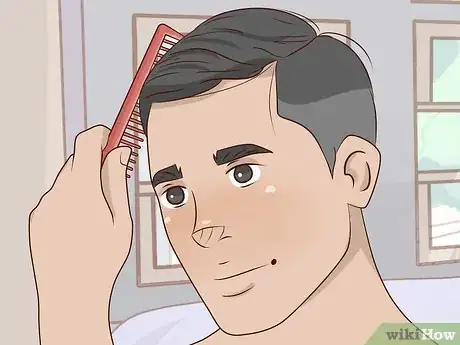
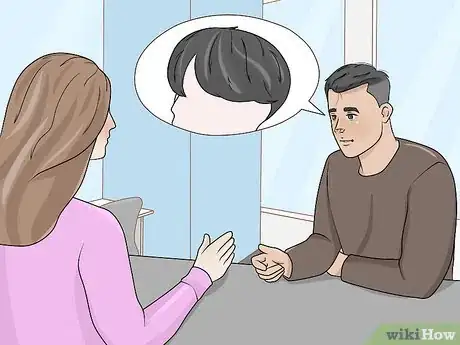
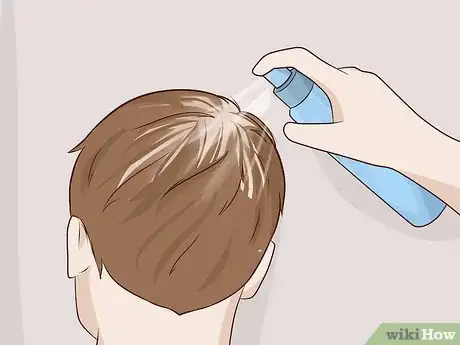
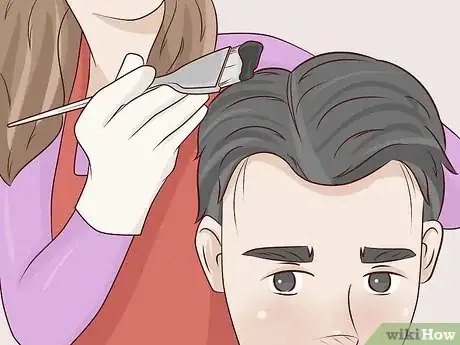
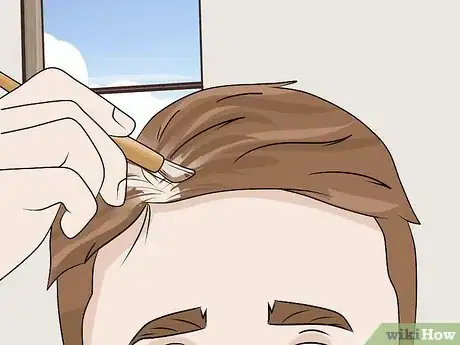
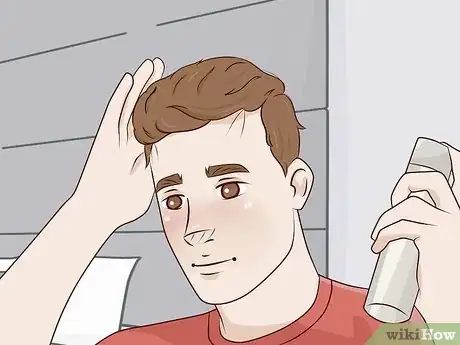
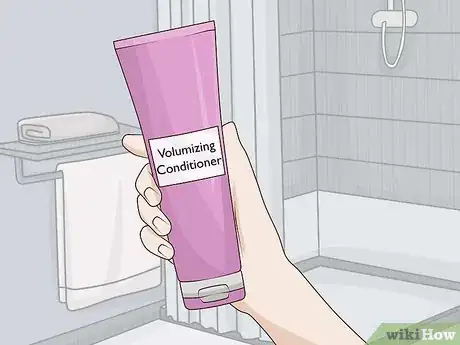
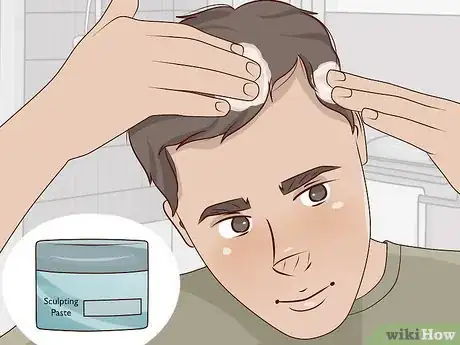
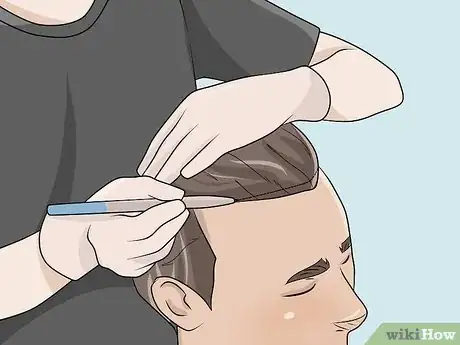

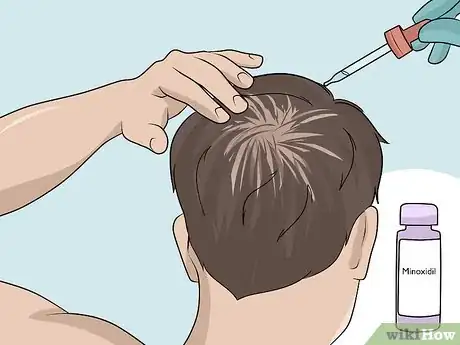
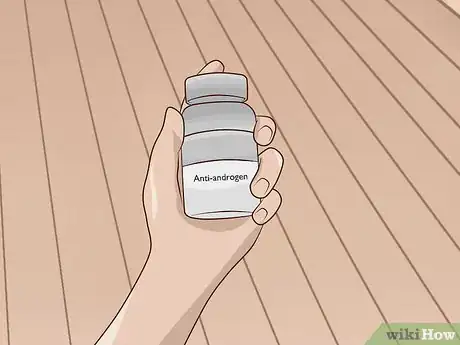

-Step-11.webp)
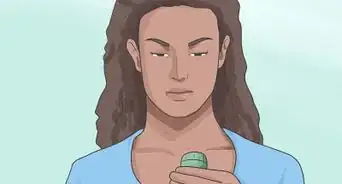


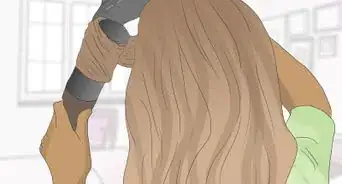



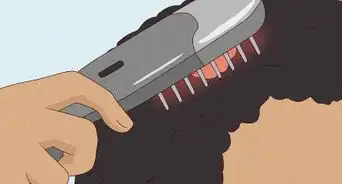

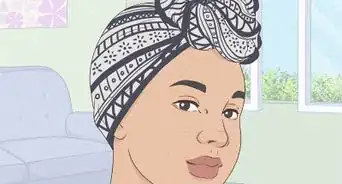









-Step-11.webp)
